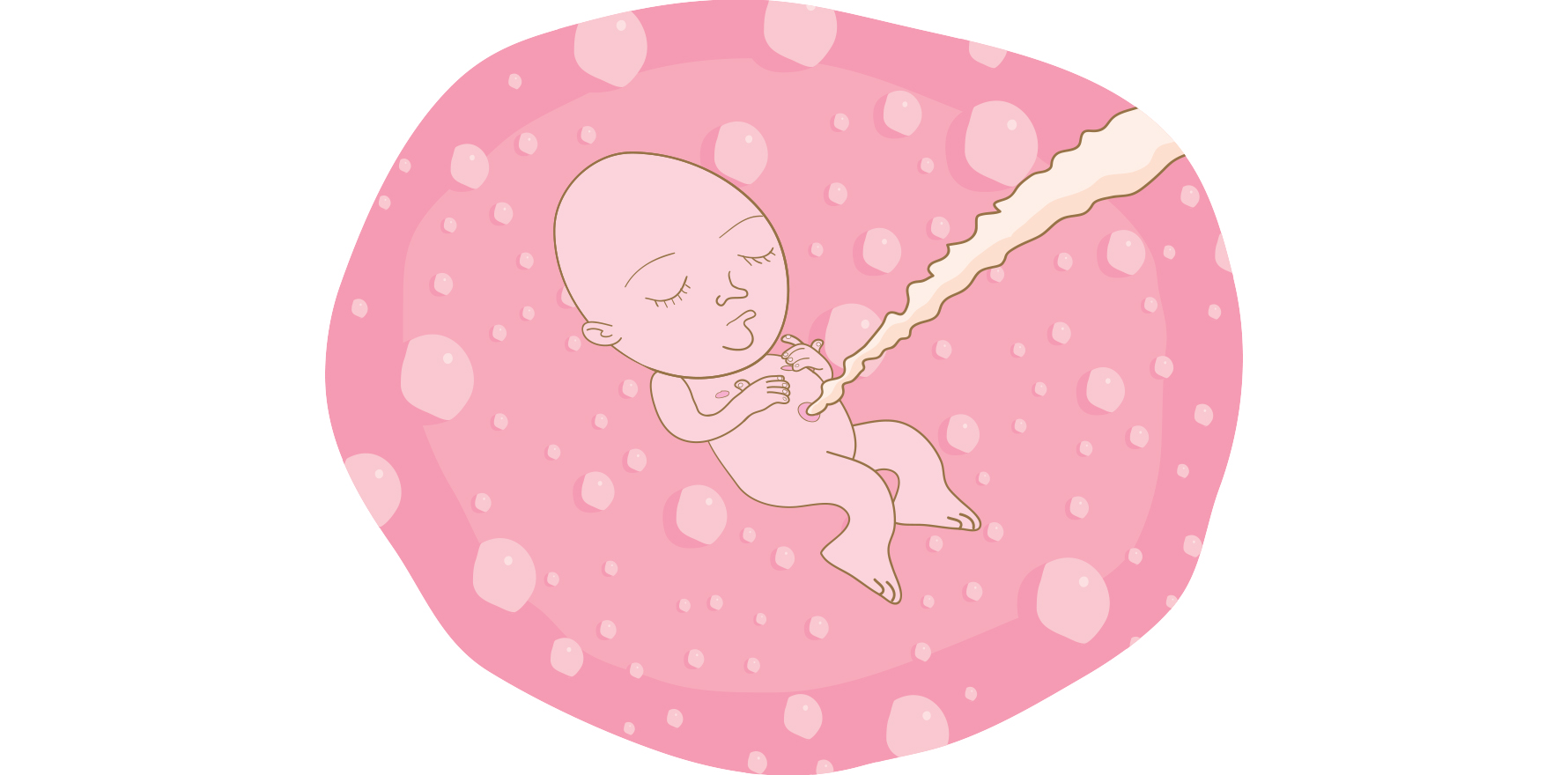The guidelines were develop by experts to help oncologists communicate risks associated with cancer treatments in children.
A panel of international experts in childhood oncology have developed evidence-based clinical guidelines to help oncologists communicate infertility risks associated with cancer treatments in children.
The PanCareLIFE Consortium, in collaboration with the International Late Effects of Childhood Cancer Guideline Harmonization Group, have reviewed the literature to develop easy-to-use guidelines for oncologists worldwide. The guidelines were published in a series of three articles in The Lancet in February.
“Our focus was, how can we improve the quality of life of children in the short and long term? And how can we improve their participation after the diagnosis?” said Dr Antoinette Anazodo, a paediatric and adolescent oncologist at Sydney Children’s Hospital and one of the studies’ authors.
The first challenge was identifying the patients at an increased risk of infertility due to cancer treatment.
“Fortunately, we’re always adding new therapies to treat cancer, and that’s why survival is increasing,” Dr Anazodo said. But the vast range of drugs, immunotherapy, cellular therapy, novel cytotoxic therapies available had sometimes unknown effects on children’s fertility.
“Another issue is communication,” Dr Anazodo said. Oncologists often extrapolated information from adults guidelines, but effective communication about treatment-related infertility risk and fertility preservation procedures did not always happen.
These conversations could be tricky and depend on the age of the child. A young adult might understand sexual health and might be thinking about having children in the future. A young child might have no idea.
“The conversations have to be targeted to the age and maturity of the child,” Dr Anazodo said. “In all ages, you have to decide whether the conversation is with the child or with the parents plus or minus the child.”
Fertility preservation and reproductive care in adults with cancer had been well established for almost two decades, but children had not been paid the same level of attention, she said.
The Clinical Oncology Society of Australia has guidelines for adolescents, young adults and adults, but there are no specific guidelines for children.
“It’s really important to have a national agreement,” Dr Anazodo said.
Dr Anazodo and her collaborators are working on an updated version of these guidelines that will be released in October and will include recommendations for children.
Dr Anazodo is also co-chairing the ANZCHOG (Australian & New Zealand Children’s Haematology/Oncology Group) paediatric oncology initiative to improve oncofertility access and outcomes for children and young adults in paediatric centres.
“We aim to implement service provisions in all ANZCHOG centres and have clear local guidelines about paediatric oncofertility patient referral, support and follow-up, and providing education and training to staff looking after paediatric patients,” she said.


